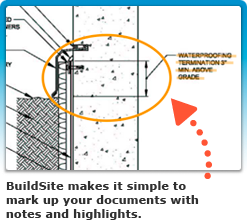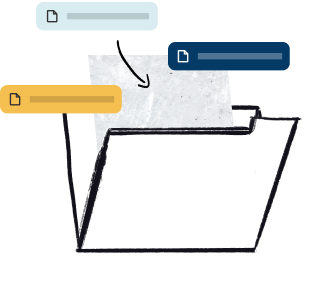Abstract
This specification covers vapor retarders for thermal insulation, specifically, flexible materials with permeance and surface burning characteristics. Vapor retarders are classified based on vapor retardance and strength properties: Types I, II, III, IV, V, and VI. The following test methods shall be performed: water vapor permeance; surface burning characteristics; tensile strength; dimensional stability; fungi resistance; thermal integrity of flexible water vapor retarders; burst strength of vapor retarders; permanence of flame retardancy; and elevated temperature and humidity resistance of vapor retarders for insulation.
This abstract is a brief summary of the referenced standard. It is informational only and not an official part of the standard; the full text of the standard itself must be referred to for its use and application. ASTM does not give any warranty express or implied or make any representation that the contents of this abstract are accurate, complete or up to date.
Significance and Use
9.1 Entrapment of water in thermal insulation caused by condensation of water vapor that has penetrated into the insulation is detrimental to the thermal resistance of the insulation. For this reason, in certain installations where temperature and moisture conditions have the potential to create a vapor driving force toward the insulation, a deterrent to the passage of such vapor into the installed insulation needs to be provided. This is the primary function of the vapor retarder.
9.2 In addition to the function stated in 9.1, a vapor retarder has the potential to provide physical protection and added strength to the insulation system.
9.3 This specification is used to specify material by physical property requirements that address the above prerequisites. The designer of an insulation system, after determining the degree of protection needed for the insulation, can use this specification to specify the appropriate type of vapor retarder when one is required.
1. Scope
1.1 This specification covers vapor retarders for thermal insulation, specifically, flexible materials with permeance of 0.10 perm or lower and surface burning characteristics of 25 flame spread/50 smoke or lower. These materials are intended for use at surface temperatures of −20 to 150°F (−29 to 66°C). It does not cover mastics or barrier coatings applied in liquid form, nor materials intended for use as weather barriers.
1.2 This is a material specification and does not imply that an installed system using these materials will provide the physical properties specified in Section 6.
1.3 This specification provides physical requirements for vapor retarders. Practice C755 provides assistance in solving problems related to moisture vapor transmission through thermal insulation materials.
1.4 The values stated in inch-pound units are to be regarded as standard. The values given in parentheses are mathematical conversions to SI units that are provided for information only and are not considered standard.
1.5 The following precautionary caveat pertains to the test methods portion only, Section 10, of this specification: This standard does not purport to address all of the safety concerns, if any, associated with its use. It is the responsibility of the user of this standard to establish appropriate safety and health practices and determine the applicability of regulatory limitations prior to use.
Reproduced, with permission, from the ASTM International website, copyright ASTM International, 100 Barr Harbor Drive, West Conshohocken, PA 19428. To purchase the complete standard, go to http://www.astm.org/.



